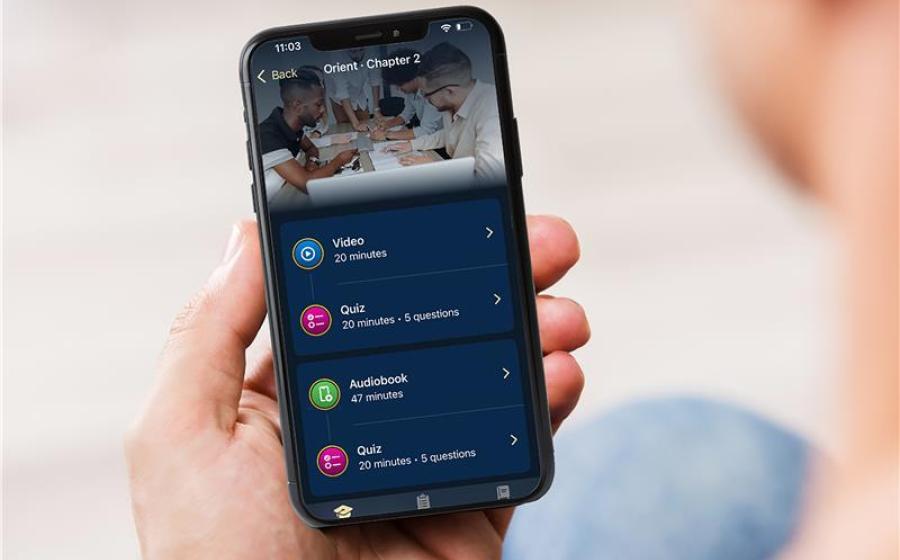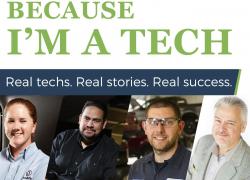Tame the Toy Chaos Before the Holidays
(NewsUSA) - With the holidays just around the corner, many families find that the season of giving often turns into a season of overflowing toy bins. From stuffed animals to action figures, it doesn’t take long before every surface is covered with toys. But with a little planning and teamwork, families can declutter and make room for what matters most: time together.
- With the holidays just around the corner, many families find that the season of giving often turns into a season of overflowing toy bins. From stuffed animals to action figures, it doesn’t take long before every surface is covered with toys. But with a little planning and teamwork, families can declutter and make room for what matters most: time together.
Start with a simple system
Sort toys into four piles: things to keep, donate, recycle, or toss. Involve your child in the process. When kids help decide which toys stay and which can find a new home, they learn responsibility and generosity.
“Turn cleaning into fun and kindness,” said Ariel Bronson, KinderCare Individualized Education Specialist. “By explaining [to kids] that their toys will be donated or shared with other children, you help them see that their toys can make new friends and bring happiness elsewhere, often making it easier and more meaningful for them to let go.”
Think minimalist
Fewer toys can actually lead to more play. Children often get overwhelmed by too many choices and end up playing less. A smaller collection encourages creativity, focus, and imagination.
Once you’ve decluttered, organize what remains with labeled bins or baskets by category, like puzzles, art supplies, dolls or blocks. Keep the baskets or bins within your child’s reach so cleanup feels like part of playtime. If you want to, temporarily remove some things and rotate toys every few weeks to keep things fresh. Your child will feel like they have something “new” without adding more clutter.
Minimalism isn’t about taking joy away; it’s about making space for it. A tidy, peaceful play space helps kids settle into deeper, more imaginative play and helps parents breathe a little easier, too.
Teach lasting values
Beyond organizing, this tradition of decluttering and donating teaches lasting values. Children discover that giving feels good and that less can truly be more. And while gifts bring joy, time together brings connection, whether you’re building a fort, baking cookies, or reading a favorite story. That time to connect is what kids (and families) really want.
A little organization today can help your family focus on what the holidays are really about: joy, gratitude and togetherness.
Learn more about helping children build lifelong habits of kindness, confidence and care at KinderCare.com.



 - Kicking a red rubber ball across the blacktop. Waving to a friend in a busy hallway. Trading snacks over a lunch table. These simple moments between children may seem small, but they matter more than we think.
- Kicking a red rubber ball across the blacktop. Waving to a friend in a busy hallway. Trading snacks over a lunch table. These simple moments between children may seem small, but they matter more than we think. 
 - The balance of the world’s wealth is shifting.
- The balance of the world’s wealth is shifting.  -
-  “The Lost Seigneur” by David Loux
“The Lost Seigneur” by David Loux “If Necessary Alone” by V M Knox
“If Necessary Alone” by V M Knox “Bertie's Place” by Edie Goodwin
“Bertie's Place” by Edie Goodwin “Minidrash” by Boris Burshteyn
“Minidrash” by Boris Burshteyn
 - For many Americans, the traditional picture of retirement is no longer. Gone is the long-viewed notion of retirement being about reaching a milestone birthday or a defined transition out of the workforce. Rather, today’s retirement is flexible and personal.
- For many Americans, the traditional picture of retirement is no longer. Gone is the long-viewed notion of retirement being about reaching a milestone birthday or a defined transition out of the workforce. Rather, today’s retirement is flexible and personal.
 - As the first signs of the holiday season appear across America, the Marine Toys for Tots Program is rallying the Nation’s compassion. With the launch of its 78th annual Holiday Campaign, this cherished tradition renews its mission to deliver not just gifts, but hope, dignity, and joy to millions of children living in poverty.
- As the first signs of the holiday season appear across America, the Marine Toys for Tots Program is rallying the Nation’s compassion. With the launch of its 78th annual Holiday Campaign, this cherished tradition renews its mission to deliver not just gifts, but hope, dignity, and joy to millions of children living in poverty.
 - Commercial auto insurance and fleet safety are meeting the demands of modern-day risk management by analyzing telematics, but more work is needed to optimize this information and put it into action in the industry, according to results of a new report from SambaSafety, the leading provider of cloud-based driver risk management solutions.
- Commercial auto insurance and fleet safety are meeting the demands of modern-day risk management by analyzing telematics, but more work is needed to optimize this information and put it into action in the industry, according to results of a new report from SambaSafety, the leading provider of cloud-based driver risk management solutions.
 - A Michigan university unveils SOAR™, a new smartphone-based degree program that brings college within reach for busy adults — at half the cost.
- A Michigan university unveils SOAR™, a new smartphone-based degree program that brings college within reach for busy adults — at half the cost.
 - Over the next two decades, more than
- Over the next two decades, more than 
 - One in four students in the United States today is Hispanic. Yet, despite this growing presence, Latino families are still underrepresented in many states' public and private school choice programs. In most cases, we don’t even know by how much.
- One in four students in the United States today is Hispanic. Yet, despite this growing presence, Latino families are still underrepresented in many states' public and private school choice programs. In most cases, we don’t even know by how much.




